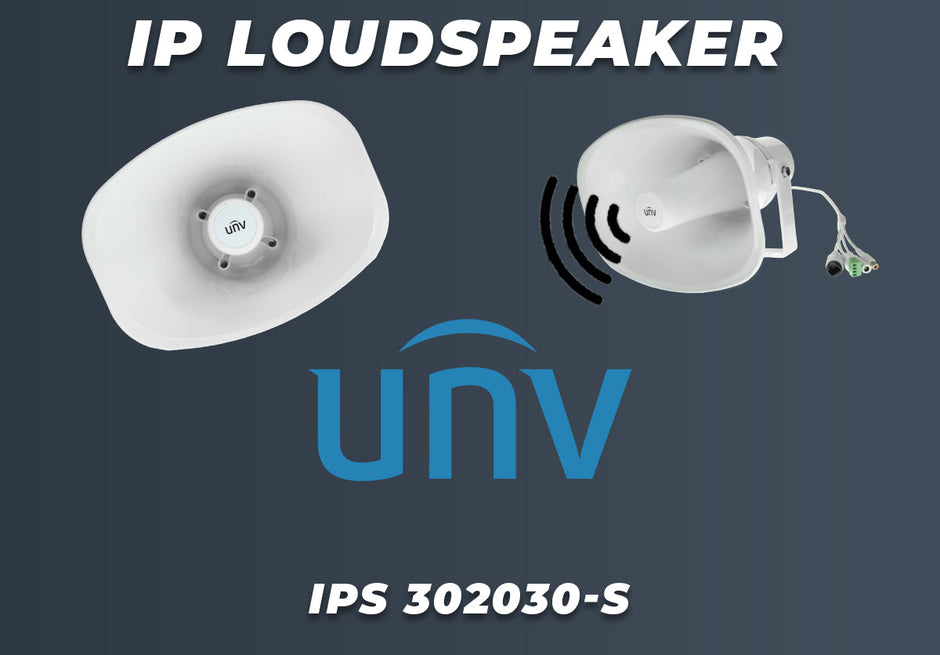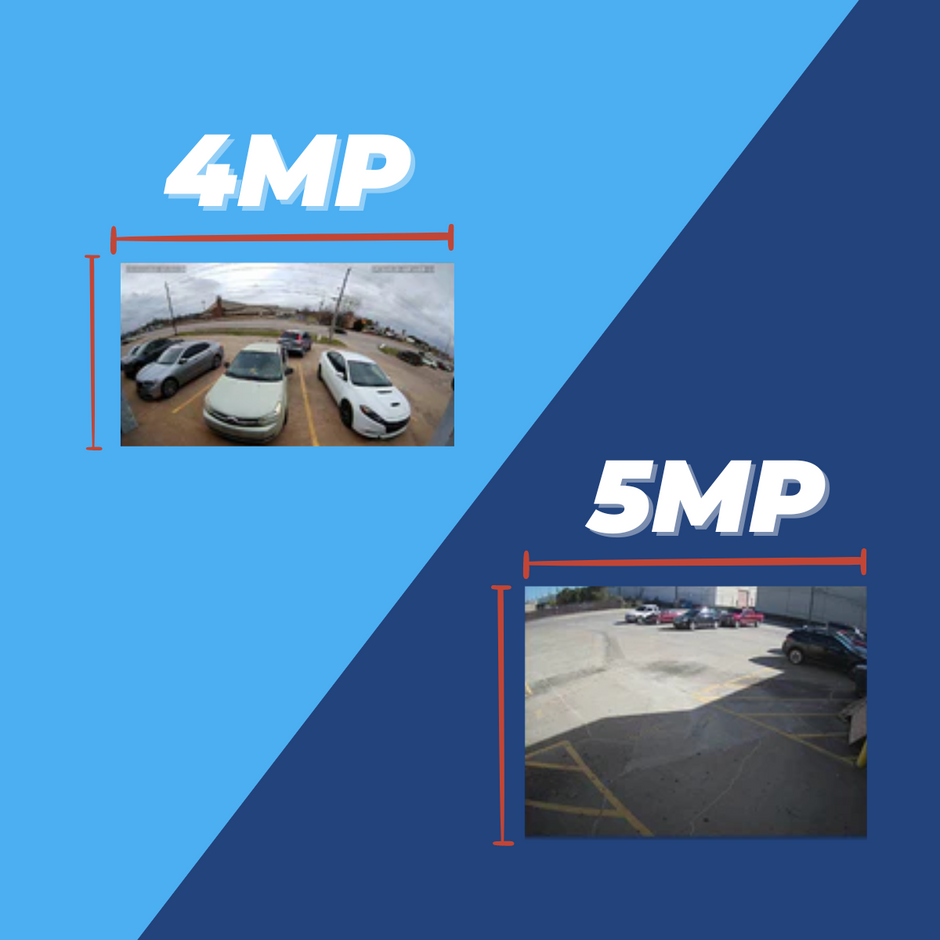In the age of technology, everyone might think they want smart everything with all the bells and whistles attached. When it comes to security cameras, you might be thinking you need IP technology all the time, all day, for everything. Maybe you do need advanced features for some things, but is smart everything really necessary? Is there still any value in older Analog security technology? Let’s compare.
Defining Analog and IP Security Cameras
First, let’s go ahead and define Analog and IP cameras so we know what we’re talking about. You can think about an analog camera as just an eye. It’s taking in visuals, but that’s about it. For this eye to be useful, it has to be connected to something else. In this case it’s going to be a DVR recorder that acts as the brain. So the eye, or analog camera, is taking in the visuals and sending it back to the recorder, the brain, through a coaxial cable. On a single DVR recorder, you’ll be able to have up to 32 cameras that will all need to be wired through your home or business.
If an analog camera is an eye that needs to be connected to a brain, you can think of an IP camera as an eye WITH a brain all in one. This means that your IP camera isn’t just taking in visual images, it’s able to process that information and send it back to your recorder as digital signals through a Cat5e or Cat6 Ethernet cable. With an IP camera on an NVR, you’ll be able to support up to 128 cameras.

Benefits of Analog Systems
An analog camera has many benefits, especially for home use. You can do a lot with a simple analog system, and the technology has improved tremendously with the resolution so you can now find analog cameras with up to 8MP (4K) imaging. Since the technology has improved and you’re able to find more high definition options, that eliminates one of the bigger concerns you might have with a seemingly dated setup. Especially if you already have the wiring for an analog system, there’s no need to throw everything out and start fresh with IP. You can simply update your cameras and be good to go! Another plus is that an analog system is going to come at a lower price point than an IP camera. It’s also going to be more low maintenance in comparison, and the barrier to entry with tech knowledge is going to be much lower. Once these cameras are up and running, you’ll be able to just let them run without too much hassle or tinkering.
Downsides to Analog
The biggest downside of an analog system is going to be the wiring. Analog cameras are going to have to be fully wired since they need to be connected to a recorder, if not you just have an eye without a brain. This can be a more difficult setup process than you’d have with an IP camera, that would just need to be plugged into a PoE Switch. An analog camera is also going to have very limited smart features, just basic motion detection, and will be more difficult to integrate with any home automation systems.

Benefits of IP
IP cameras are going to be the newer technology, which obviously has a lot of benefits. These cameras are going to offer the most advanced smart features and will have AI capabilities that you can use to really tailor what you want your cameras to do for you. You’ll have features like facial recognition, specific motion detection, and the camera will be able to identify separate intelligent events. You’ll be able to set up specifications for line crossing, intrusion detection, and some models are even able to distinguish between humans and vehicles. IP cameras are also going to be easier to install, especially if you’re wanting to install the cameras by yourself. IP cameras only need to be plugged into a PoE switch, unless they’re battery powered, making them easy to get going on your own and flexible to move around. Another benefit to IP cameras is that they’re going to be easily scalable if you decide to add to your security system.
Downsides to IP
One of the biggest downsides to IP cameras is going to be pricing. You’re getting a lot of features and upgrades, but it comes at a price. Another issue you may run into with IP cameras is that some connect to the network via Wi-Fi, which isn’t a problem until you end up with a bad signal. Spotty signals or interrupted connections will leave you with low quality images or full-on downtime. Another downside, which may not seem like a downside, is all of the features and capabilities. If you are looking for a simplistic security solution with just a few basic cameras, having all of the added features may be overwhelming and make your experience too much of a hassle. With some IP camera setups, the learning curve can be steep and you may be getting way more than you actually need.
What Kind of Cameras do YOU Need?
It’s all going to depend on your specific security needs. There are advantages and disadvantages to both types of cameras, but depending on your needs, there will be a great solution for you. Both types of cameras are going to work for basic HD security needs. Something to consider when making your decision is to look at existing cabling. If you’re already wired for an analog set-up, sticking with that and upgrading to higher resolution cameras is probably the way to go. Not to mention, most modern DVRs also have the ability to take one or more IP camera inputs, giving you the flexibility to add newer technology to your system without upgrading the whole thing at once.
You also need to think about what features you’re actually going to use. Ask yourself if you just need simple motion detection, or if you need something more advanced that can track specifics. The last thing you can think about is if you’re planning to set up your system by yourself, or if you’re going to have it installed for you. Analog setups are going to initially be more in depth, and will probably require professional installation. Whichever type of camera you choose, make sure you consider all of these things to make sure it’s the right choice for you.
Sign up for our email newsletter to get security content just like this sent to your inbox every week!







